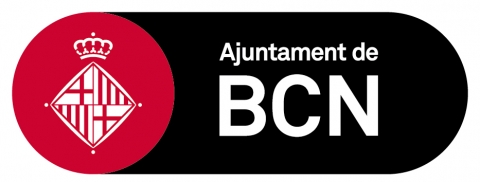CIB Knowledge Hub on Gender Equality & Inclusive Governance
A Toolkit to Mainstream Gender Equality in Local Government Associations (LGAs)
Welcome!
Are you committed to advancing gender equality within your Local Government Association (LGA)? If so, you're in the right place. This toolkit has been carefully designed to accompany you in your journey to mainstream gender equality as an integral part of the services and operations of your LGA.
Who is this toolkit for?
It's for you. This resource caters specifically to LGAs, distinguishing itself from the various tools available for local governments, underscoring its focus on association-level strategies for advancing gender equality.
Whether you're taking your first steps or well on your way in this transformative process, this toolkit is your companion. We understand that every LGA is unique, and that's why we've collected practical tools and best practices that can be tailored and adapted to your specific context.
What can you expect?
This toolkit offers comprehensive guidance on various aspects of gender mainstreaming specifically for LGAs. Learn how to kick-start the process, weave gender equality into your governance and leadership, develop robust gender mainstreaming policies and plans, and implement them effectively in your services and daily operations. Gender mainstreaming isn't just a social justice imperative; it's also a strategic approach that can enhance your LGA's efficiency, inclusivity, and overall impact.
We invite you to start exploring the resources and tools within these webpages. The main webpages are the following:
- Section 1 – Getting Started: Laying the Foundation for Gender Mainstreaming
- Section 2 – Measuring Gaps and Defining a Way Forward: Assessing your Current Status and Shaping Gender Equality Strategies
- Section 3 – Governance and Staff: Leading the Way in Gender Equality Integration
- Section 4 – Internal Operations: Weaving Gender Equality into the Heart of Your Association
- Section 5 – Going Further: Providing Gender Equality Services to your Members
This toolkit is the beginning of a full compendium of resources. It will be regularly updated as new tools are created or found to ensure it remains a valuable resource for your LGA. So do not hesitate to come back to see what’s new and available. We also encourage you to actively contribute by sharing your own examples and tools, fostering collaboration and knowledge exchange within the community.
Let's work together to build a more gender-equal world!
The CIB Secretariat






